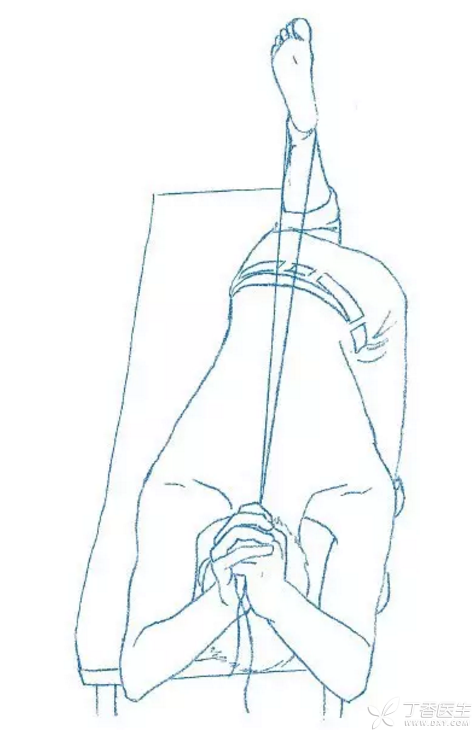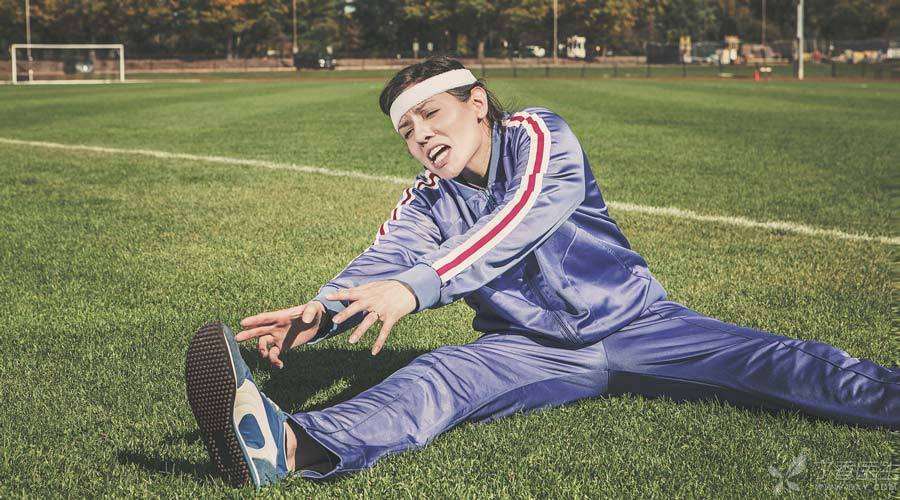
Questions such as [running hurts the knee] [hurting the knee and not being able to run] are often asked by people.
Does running really destroy your knees?
When running, our knee joint not only has to bear the heavy pressure of body weight, but also has to buffer the impact from the ground. Therefore, the knee joint injury caused by running is mostly [chronic overuse] injury, which is commonly referred to as [running knee].
Many friends, hearing that knee injury is permanent and irreversible, dare not run. In fact, this may be a bit too worried. You need to focus on several issues:
Is the amount of running super large?
Is it athlete-level, perennial, long-distance running training? If so, it does cause knee joint wear.
Is the running standard more amateur?
Amateur runners, although they run less and need not worry too much, are prone to more problems, which may aggravate knee joint wear.
- The muscles around the knee joint are not strong enough, the running posture is not correct, the running shoes are not warm up before running, the running ground is hard…
Is it very heavy?
If it is an obese person who is overweight, the load-bearing burden is much higher than that of ordinary people, which is indeed more likely to cause knee joint injury.
Have you done stretching?
Stretching has a very good effect on relieving and preventing running knee pain. No matter professional or amateur, we should pay attention to it.
Next, I’d like to share 5 stretching movements after running.
01 stretching piriformis muscle
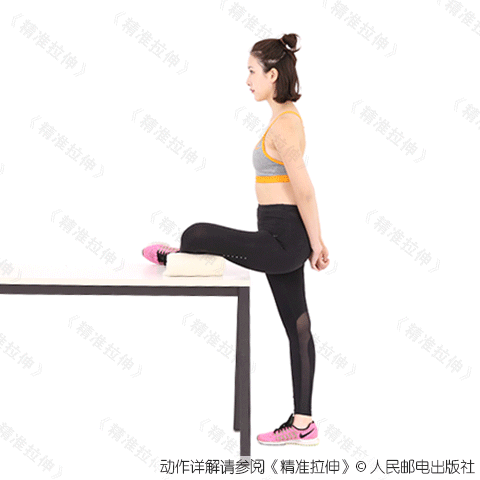
Piriformis, located on the inner surface of gluteus maximus, belongs to the deep muscle that affects hip joint activity. It extends from the anterior sacrum to the protrusion (or greater trochanter) at the top of the femur.
The main function of piriformis muscle is to rotate the leg outward when the hip joint stretches (stands). When the hip joint bends more than 60 degrees, this muscle will rotate inward.
Precautions
-
The legs should be aligned with the groin.
-
Don’t bend your knees too much.
-
Maintain the camber of the back.
-
Do not shift the position of the pelvis.
-
If there is pain on the medial or lateral side of the knee or discomfort in the groin area, please do not do this.
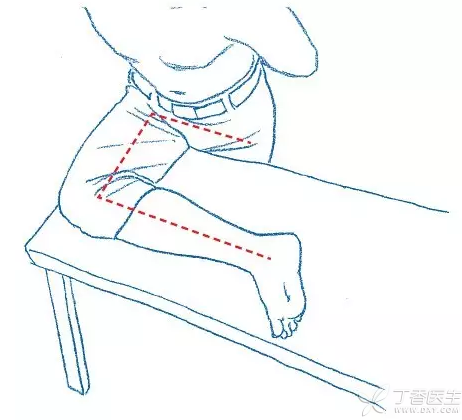
02 Stretch gluteus medius and gluteus minimus
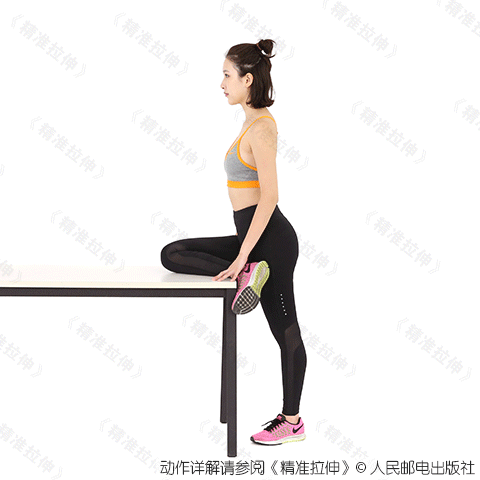
The gluteus medius muscle and gluteus minimus muscle are layered, and the gluteus medius muscle completely covers the gluteus minimus muscle. They are located on the lateral side of the hip bone and extend down to the bulge outside the top of the hip bone.
The main function of the gluteus medius and gluteus minimus muscles is to keep the pelvis upright, especially when walking, running and standing on one foot. They also help stretch the legs to the side of the body and twist the legs inward and outward.
Precautions
-
Maintain the camber of the waist and back.
-
The knee should be fixed directly in front of the navel.
-
If there is pain on the medial or lateral side of the knee, please do not do this exercise.
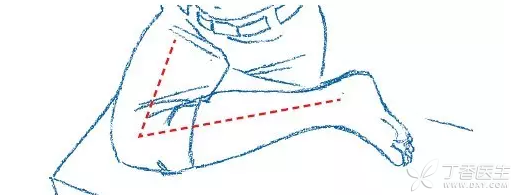
03 Stretch quadratus lumbar muscle
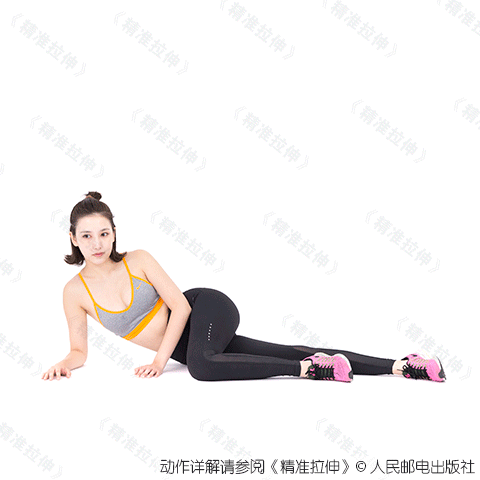
The quadratus lumbar muscle is located deep in the back of the waist and below the rectus longus muscles on both sides of the spine. It starts from the top edge of the hip bone and the lumbar spine and connects to the bottommost ribs.
The quadratus lumbar muscle is responsible for bending the back backward and to both sides, twisting the upper body and arching the waist forward.
Precautions
-
The buttocks and other parts of the body are always in the same straight line.
-
Do not bend the upper body forward, otherwise the abdominal oblique muscle is stretched instead of the quadratus lumbar muscle.
-
If there is pain in the waist, back or shoulder, please do not do this exercise.
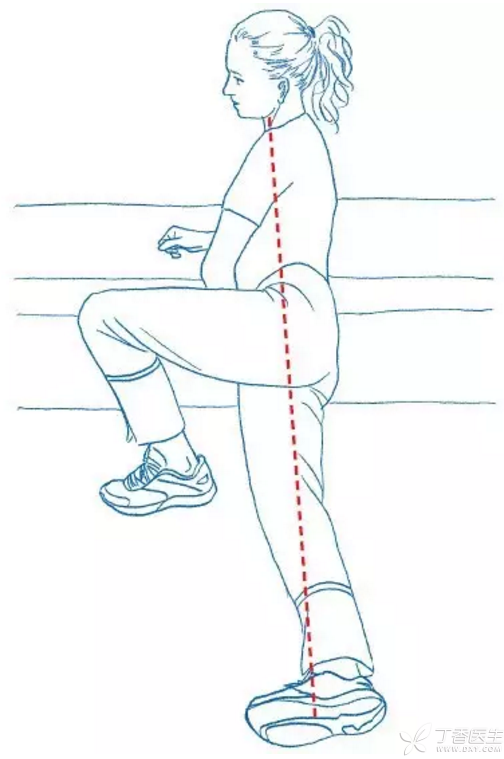
04 stretch tensor fascia lata muscle
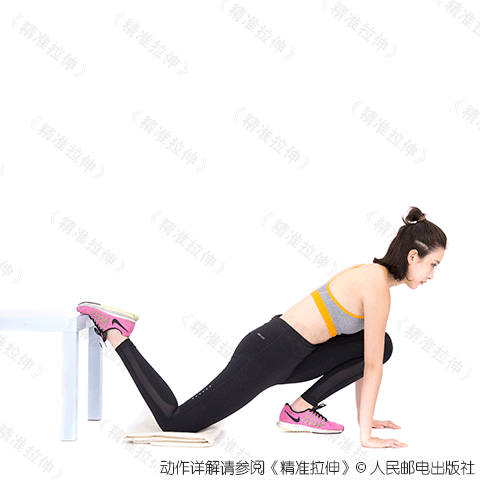
The tensor fascia lata starts from the anterior part of the lateral hip and extends downward to form a strong tendon connected to the lateral thigh.
This tendon is the tibial ligament. The tibial ligament continues downward, along the lateral side of the knee, to the upper end of the tibia.
The tensor fascia lata is responsible for contracting the buttocks and stretching the legs to both sides of the body. Since its tendons are connected to the lower part of the knee, the tensor fascia lata also helps straighten the knee.
Precautions
- Don’t bow your waist, keep your legs and upper body in a straight line. Don’t bend your hips, which will shorten your muscles instead of stretching them. 3. Bow your legs and upper body. Bend your knees enough. If you have pain in your back or knees, stop practicing.
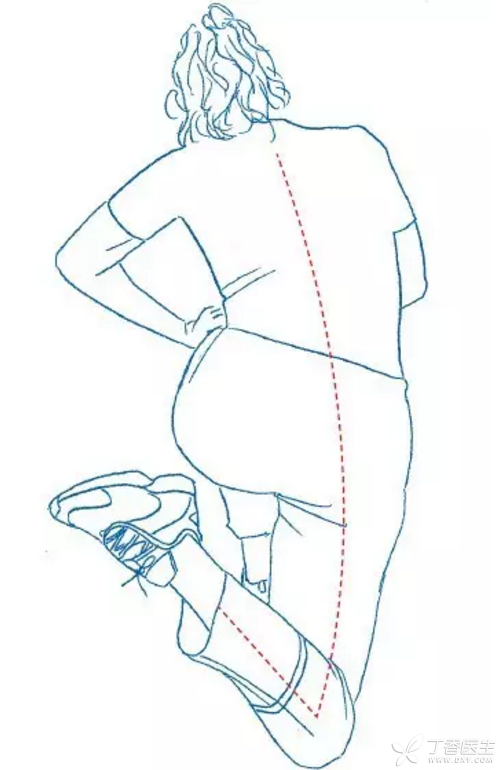
05 Stretch rectus femoris muscle (rectus version)
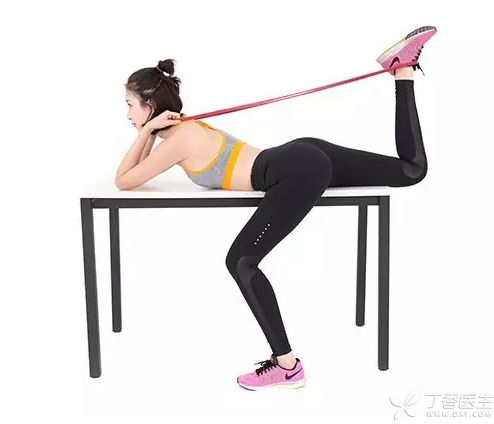
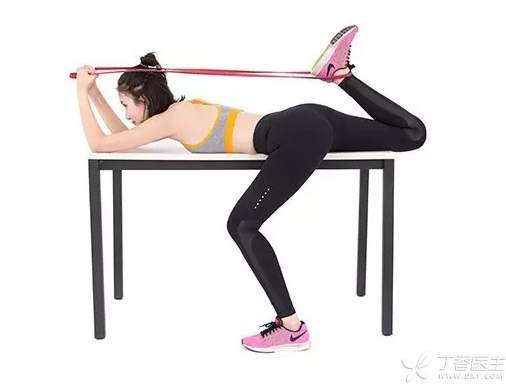
The rectus femoris starts at the front end of the buttocks, extends to the hip joint and knee joint, connects with the top of the anterior side of the lower leg, and connects with the other three muscles of the quadriceps femoris at the patellar tendon.
In this exercise, the other three muscles were also stretched. However, for health, the importance of the other three muscles cannot be compared with that of rectus muscle.
The rectus abdominis muscle is responsible for stretching and bending the knee joint, and is also responsible for arching the waist forward.
Precautions
-
The height of the stool should not be too high.
-
The left foot should move forward enough.
-
The length of the rope must not be too short.
-
If there is pain in the waist, back or knee, please stop this exercise.
